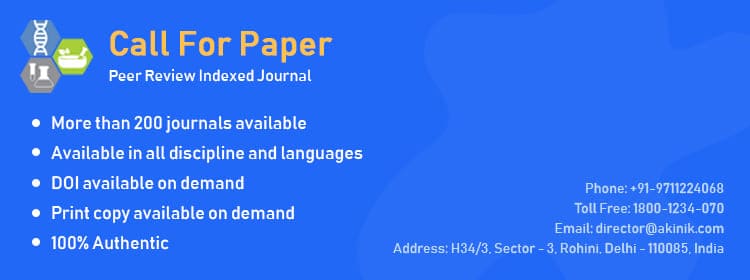

S Njuguna, JO Ondiek, F Kemboi and JO Anyango
As a crucial dietary component, milk provides significant nutritional benefits but carries health risks if contaminated. Aflatoxin contamination in dairy products has repeatedly breached the World Health Organization's safety thresholds in Kenya, particularly in Bungoma County. Addressing this issue is crucial for ensuring public health and supporting the dairy sector's economic viability. To contribute to public safety, there in need to get more data showing the link between animal feed quality and the quality and safety of milk in handling outlets. Therefore, this study aimed to determine the effect of feeding practices on nutritional quality and aflatoxin levels of milk in Kitinda and Kaptama milk collection centres in Bungoma County, Kenya. In this study milk was sampled from 25 dairy farmers affiliated with the Kaptama and Kitinda cooperatives. Milk quality parameters including raw milk butterfat and protein content, as well as milk density were analysed using the Gerber, Kjeldahl, and lactometer methods, respectively. Aflatoxin levels were determined through enzyme-linked immunosorbent assay (ELISA). The findings revealed significant variations in these parameters, with crude protein content ranging from 2.257% to 4.572% and butterfat levels between 2.450% and 3.550%, indicative of the impact of dietary factors. Aflatoxin assessments showed that 30.77% of samples from Kitinda and 23.53% from Kaptama exceeded the recommended aflatoxin threshold, which is 20μg/kg, highlighting a severe public health risk. Statistical analysis, including Pearson correlation, established a strong positive correlation (r=0.749, p<0.01) between aflatoxin levels in feed and milk. The variability in milk quality parameters suggests the potential impact of dietary factors. The presence of aflatoxins above safe limits in many samples indicates the need for improved feed quality and storage practices. The correlation analysis underscored a significant relationship between aflatoxin in feed and milk, suggesting that feed quality directly influences milk safety. This study concludes that a long-term approach is necessary to ensure safe and high-quality milk.
Pages: 36-42 | 2955 Views 1703 Downloads
